- What is Yoga?
- Types of Yoga Asanas
- Benefits of doing yoga
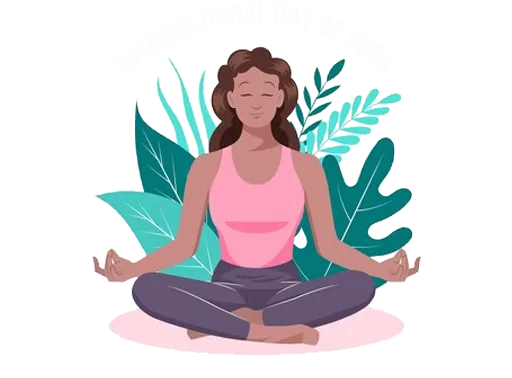


Simran has over 3 years of experience in content marketing, insurance, and healthcare sectors. Her motto is to make health and term insurance simple for our readers has proven to make insurance lingos simple and easy to understand by our readers.

Sharan Gurve has spent over 9 years in the insurance and finance industries to gather end-to-end knowledge in health and term insurance. His in-house skill development programs and interactive workshops have worked wonders in our B2C domain.
Updated on Jan 30, 2024 8 min read
Are you new to the world of yoga? Looking to embark on this journey of well-being?
Start here with the best beginner yoga poses that are essential for you to build strength and stay healthy. In this guide, you will get a brief about the famous yoga asanas and their benefits. But before starting, you need to know about yoga asana or yoga pose and its benefits a little bit.
Tadasana or Mountain pose is the best pose for beginners which is the foundational pose for other asanas. It builds awareness of posture and body alignment. Also, it promotes mental focus and calmness along with strengthening the posture of our body.
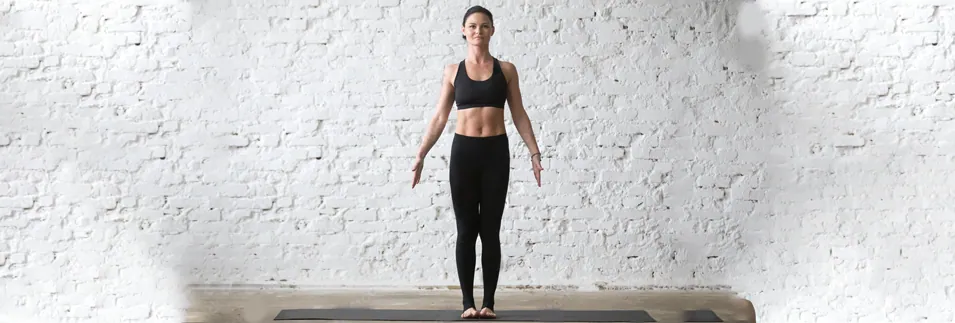
How to do it?
This pose is perfect for those who are looking for a resting and relaxing pose. It relaxes the back, neck, and shoulder, as it stretches the lower back and hips. It also eases your stress and tension. This pose may ease symptoms of headache, migraines, and PMS.

How to do it?
Downward dog pose is used in most yoga practices. It is the practice of forming an inverted "V" shape with the body, hands, and feet on the ground, while the hips are raised, and the head relaxed. This asana lengthens and decompresses the spine, stretches the hamstrings, strengthens the arms, and calms your mind.
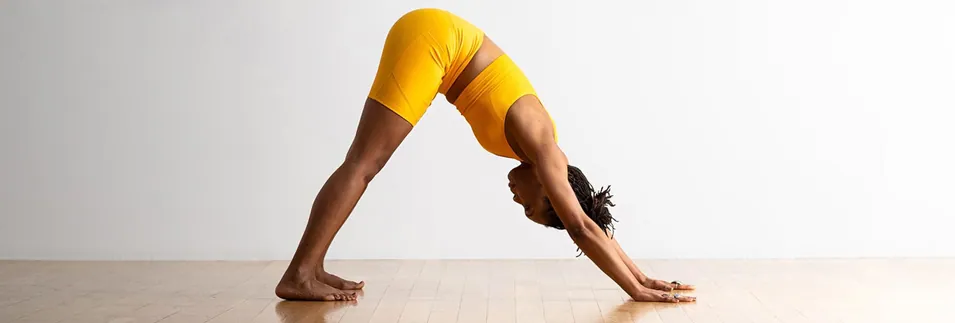
How to do it?
Corba pose is best known as the corrector of the curvature and makes the spine flexible. This asana increases the blood circulation in the body and gives flexibility to the body. Doing this asana daily can help strengthen the digestive system and increase lung power.
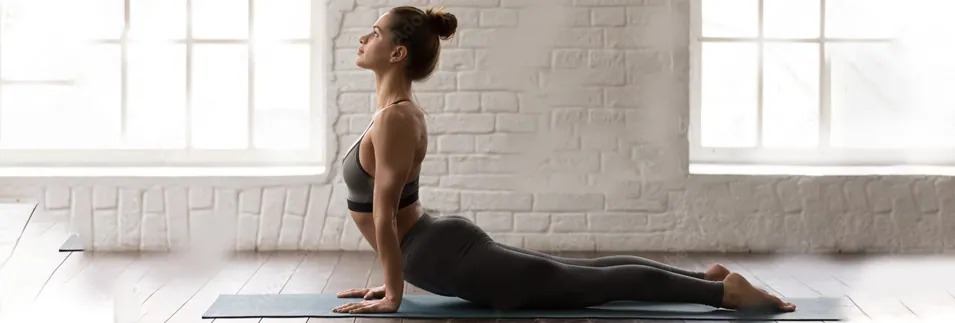
How to do it?
Warrior I is the best post for building strength and stamina in a yoga practice. It gives confidence and the right posture to our body. Though this is the right pose for everyone, individuals with recent or chronic injury to knees, legs, hips, or back, and high or low blood pressure should avoid doing this.

How to do it?
The plank pose is a yoga posture that is often used as a preparation for the downward-facing dog posture. This position is best for building core strength, improving body posture, and increasing flexibility in the shoulder, arms, and legs.
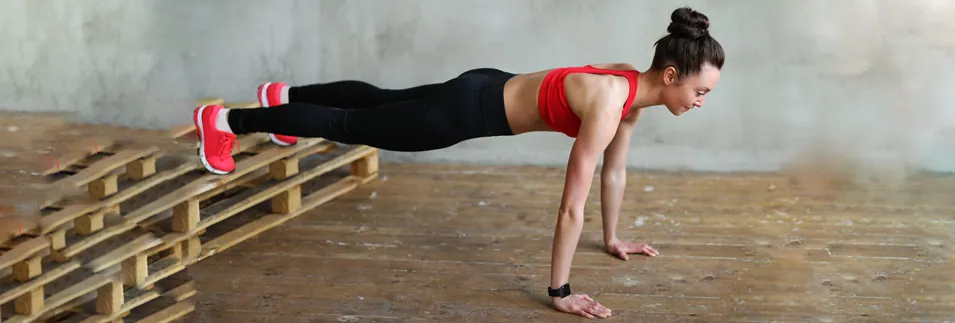
How to do it?
The best and easiest yoga pose for the beginners is corpse pose or savasana. This asana is considered to be one of the most important postures, as it provides a quiet and peaceful space for the body and mind to rest and rejuvenate. It is advised to do this asana at the end of a yoga practice to calm your mind, reduce stress, and anxiety, and improve sleep quality.
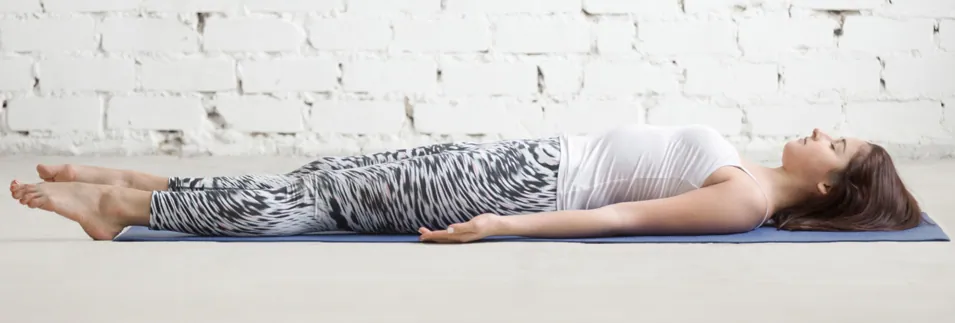
How to do it?
The bridge pose is the best pose to strengthen your core and back. It is considered to be an intermediate-level posture that provides various physical and mental benefits.
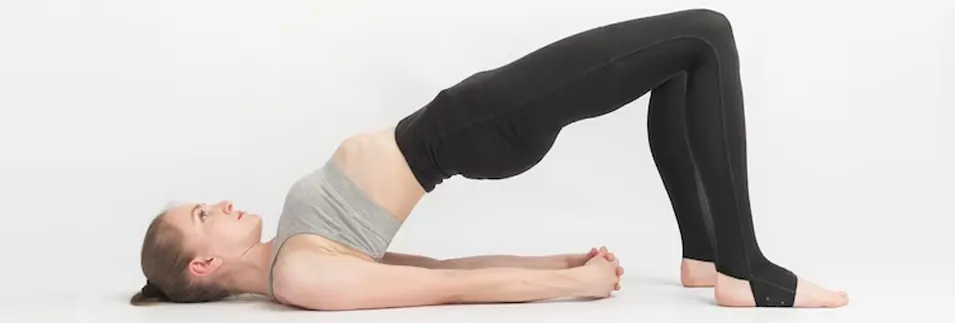
How to do it?
Cat Stretch is the pose that aims to strengthen your spine, neck, and hips. You need to arch your body and round it like a cat. This pose is mostly performed in a flowing sequence with the opposite pose, the cow pose. It relaxes the mind and makes the spine flexible.
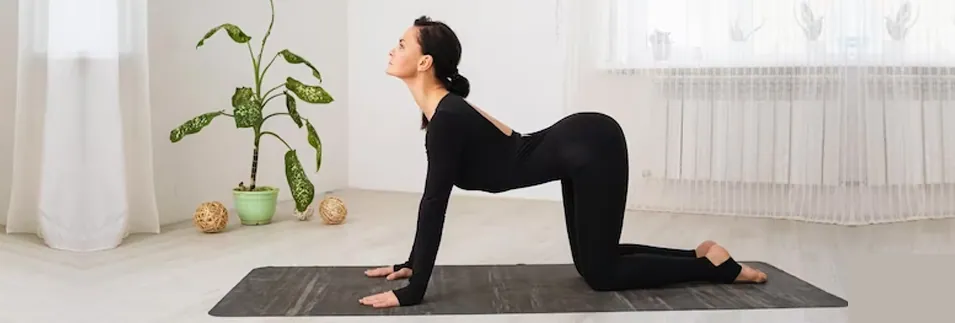
How to do it?
It is a basic seated yoga pose where you need to sit cross-legged on the floor with a straight spine and hands resting on the knees or in a meditative posture. This is an amazing posture for beginners as it gives the desired comfort and spiritual bliss. Sukhasana is best to reduce anxiety, stress, and mental tiredness.
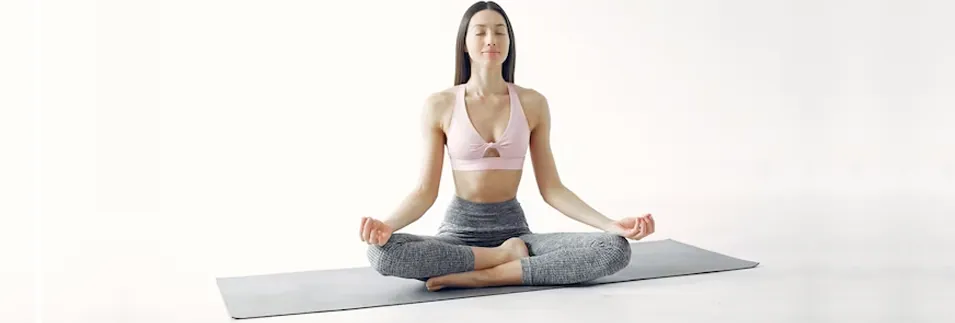
How to do it?
Now you know the top 10 yoga asanas for beginners. Here is the list of long-term benefits of practising yoga.
Sometimes, we feel lethargic and drained without having any medical problems. This is because of many reasons. But, practising yoga daily can boost energy and improves health. Yoga asanas essentially lubricate the muscles, joints, ligaments, and other body parts. Only 10 minutes of daily yoga practice can boost your whole day and improve your health.
To learn about the top 10 health insurance companies, insurers that provide women-centric plans, etc, you must schedule an appointment with us today.
The four categories of asanas are standing, sitting, prone, and supine.
The easiest yoga asana is Sukhansana. In this, you need to sit straight spine folding the legs in a cross position, and relaxing your mind by placing your hands on the thighs.
Start with five minutes five asana every day. Initially, the time you spend doing yoga asana will start growing.
Five elements of yoga are-
Patanjali is known as the father of modern yoga.
Utkatasana also known as chair pose is equivalent to walking.
4.4
Rated by 2643 customers
Select Your Rating
Let us know about your experience or any feedback that might help us serve you better in future.


Simran has over 3 years of experience in content marketing, insurance, and healthcare sectors. Her motto is to make health and term insurance simple for our readers has proven to make insurance lingos simple and easy to understand by our readers.
Do you have any thoughts you’d like to share?